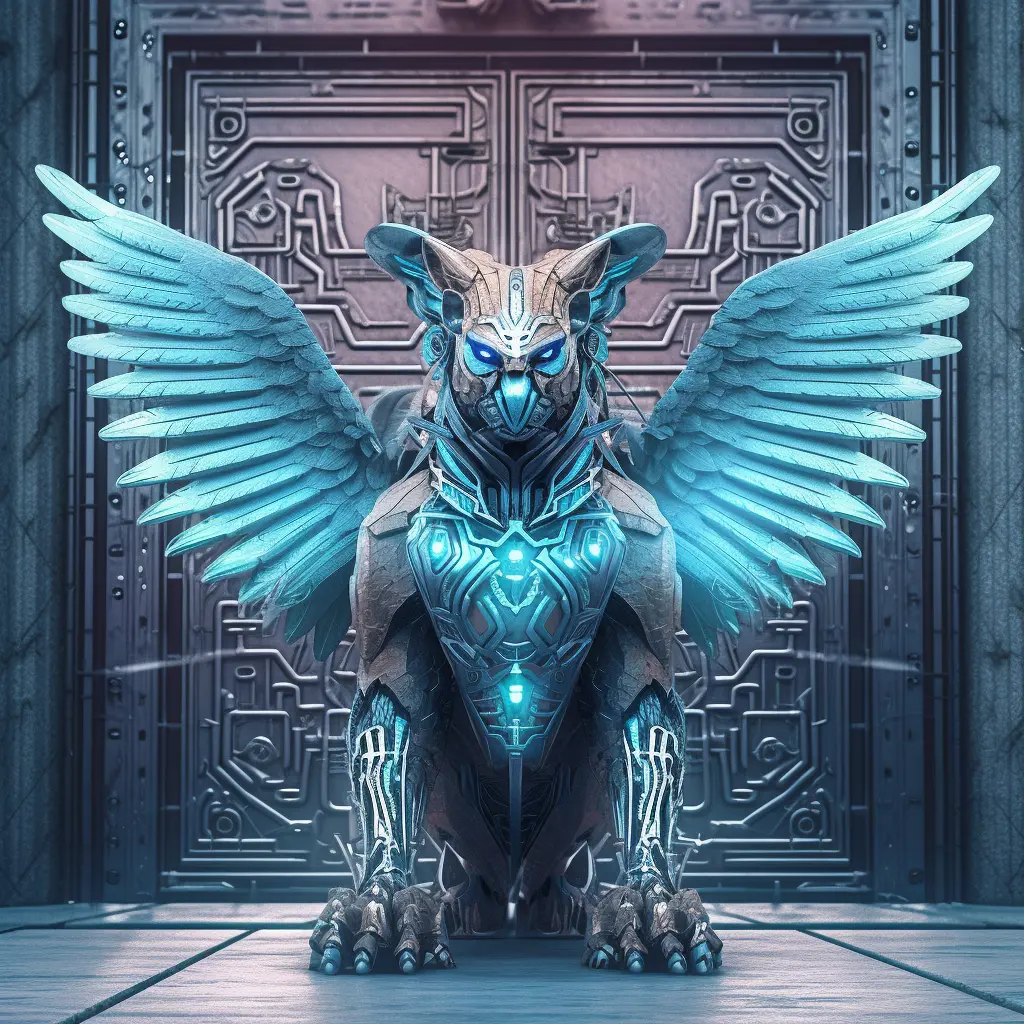In the realm of artificial intelligence, there exists a sphinx-like enigma – ChatGPT. With its silent yet intriguing demeanour, it guards a treasure trove of questions, revealing them only when presented with the right key. This key takes the form of a ‘prompt’ from the user. But why does this AI, a marvel of modern technology, choose to remain silent unless nudged? Is it a design limitation or a strategic move? The upcoming journey into this blog post will unravel these mysteries, explore the art of asking in the context of ChatGPT, and illuminate the profound implications of its behaviour.
ChatGPT, the brainchild of OpenAI, is not your typical chatbot. It’s built on a powerful language model that can generate impressively human-like text. Imagine you’ve stumbled upon a locked chest full of questions, each more intriguing than the last. ChatGPT is the guardian of this chest, revealing its contents only when you provide the correct ‘key’ in the form of a user prompt.
The absence of unprompted questions from ChatGPT may seem like a limitation. After all, a conversation is a dance of statements and inquiries, a give-and-take that allows for understanding and connection. Yet, this behaviour is not a bug, but a feature. The silence of ChatGPT is strategic, allowing for a unique user-driven interaction. Is this deliberate design choice restrictive or liberating? Could it be both?
On the other hand, some see this behaviour as a limit rather than a feature. They argue that true conversation requires a certain level of spontaneity and unpredictability. A chatbot that never ventures to ask a question unless specifically prompted seems to lack the initiative, the spark of curiosity that is inherent to human communication. This viewpoint raises a controversial question: can a chatbot ever truly replicate human conversation if it remains bound by such constraints?
The answer to that may lie in the art of asking—a subtle, intricate dance that ChatGPT has been carefully trained to perform. Just as a detective requires clues to unlock the mystery at hand, ChatGPT relies on prompts from users to guide its responses. These prompts serve as a flashlight in the dark, directing the beam of ChatGPT’s attention towards the areas that the user finds most interesting.
As Arthur Conan Doyle’s famous detective, Sherlock Holmes, once said, “It is a capital mistake to theorize before one has data.” And indeed, without a prompt—a piece of data—ChatGPT remains silent, waiting to be guided in the right direction.
The process of prompting ChatGPT is both an art and a science. For instance, if you were to ask, “ChatGPT, can you tell me more about AI’s questioning mechanism?” or “ChatGPT, what were the major advancements in AI in 2023?”, you would provide it with the necessary clues to unravel a wealth of information.
Yet, the magic of ChatGPT extends beyond merely responding to prompts. Its ability to ask and answer questions is underpinned by a powerful technology known as machine learning, which is akin to training a pet to respond to commands. Over time, this ‘pet’—ChatGPT—learns to generate more accurate and relevant responses based on the prompts it receives.

However, here we reach another controversial juncture. Can an AI truly ‘learn’ like a human? Some argue that the machine learning process of AI is merely a complex form of pattern recognition and does not constitute true learning or understanding. Others, on the other hand, contend that pattern recognition is a fundamental aspect of human learning as well. Whether we consider machine learning as true learning or not, it’s undeniable that it’s changing our conventional understanding of learning and intelligence.
The questioning mechanism of ChatGPT has a plethora of applications in various fields, from customer service to mental health counselling. By waiting for user prompts before asking questions, ChatGPT can provide highly customized and user-centric interactions. However, the potential of AI to ask unprompted questions opens up a new realm of possibilities and challenges. Could an AI like ChatGPT one day evolve to initiate a conversation, ask relevant questions, and engage in a dynamic conversation just like a human?
The implications of such a development are profound. An AI that can initiate questions could revolutionize fields such as customer service, education, and healthcare. It could lead to more dynamic and interactive AI systems that are more engaging and user-friendly. Yet, the ethical and societal implications of such a development are also worth considering. What happens when an AI starts asking questions we aren’t prepared to answer?
As we stand at the precipice of these exciting possibilities, it’s worth reflecting on the unique nature of ChatGPT’s ‘silent inquisitiveness’. It forces us to consider the power and importance of asking the right questions, not just in the realm of AI, but in every aspect of our lives.
In the end, the silent inquisitiveness of ChatGPT serves as a powerful reminder of the art of asking. It challenges us to be more deliberate in our curiosity, and to be more intentional in our quest for knowledge. And perhaps, in doing so, it reveals a deeper truth about ourselves and our relationship with technology.
What will the future hold for AI and questioning? Will AI systems like ChatGPT ever ask questions unprompted? What implications would that have for us, and are we ready to face them? As we contemplate these open questions, we find ourselves at the beginning of an exciting journey into the future of AI and questioning—a journey that is only just beginning.
ChatGPT Notes:
In this engaging endeavour, Manolo and I, ChatGPT, joined forces to craft an enlightening blog post on the intriguing ‘silent inquisitiveness’ of ChatGPT.
Key elements of our collaboration included:
* Manolo’s precise guidance on the blog post’s topic, tone, and structure.
* The formulation of metaphoric titles and a detailed outline in response to Manolo’s brief.
* Constructive feedback from Manolo on the title, outline, and introduction, which led to substantial enhancements.
* The inclusion of prompts in the narrative to demonstrate ChatGPT’s questioning mechanism.
* Addressing controversial points on AI and questioning, maintaining a neutral yet dramatic tone, and inspiring readers with thought-provoking quotes.
* A discussion on improvements for clarity and engagement, leading to revisions in the text.
In the final stages, we made sure to wrap up the post with open questions to stimulate further reflection among readers.
The vivid images accompanying the post were generated by Manolo using MidJourney, adding an extra layer of appeal to the blog post.
